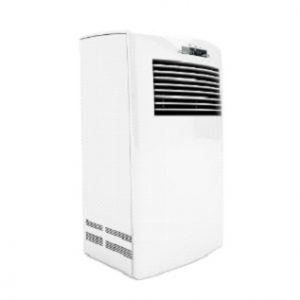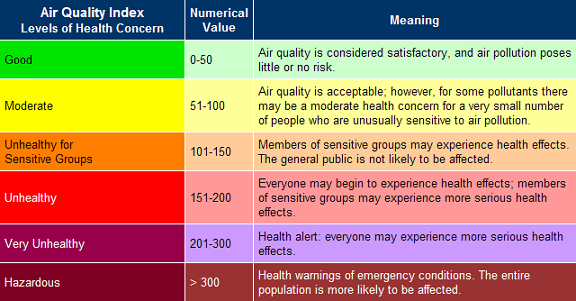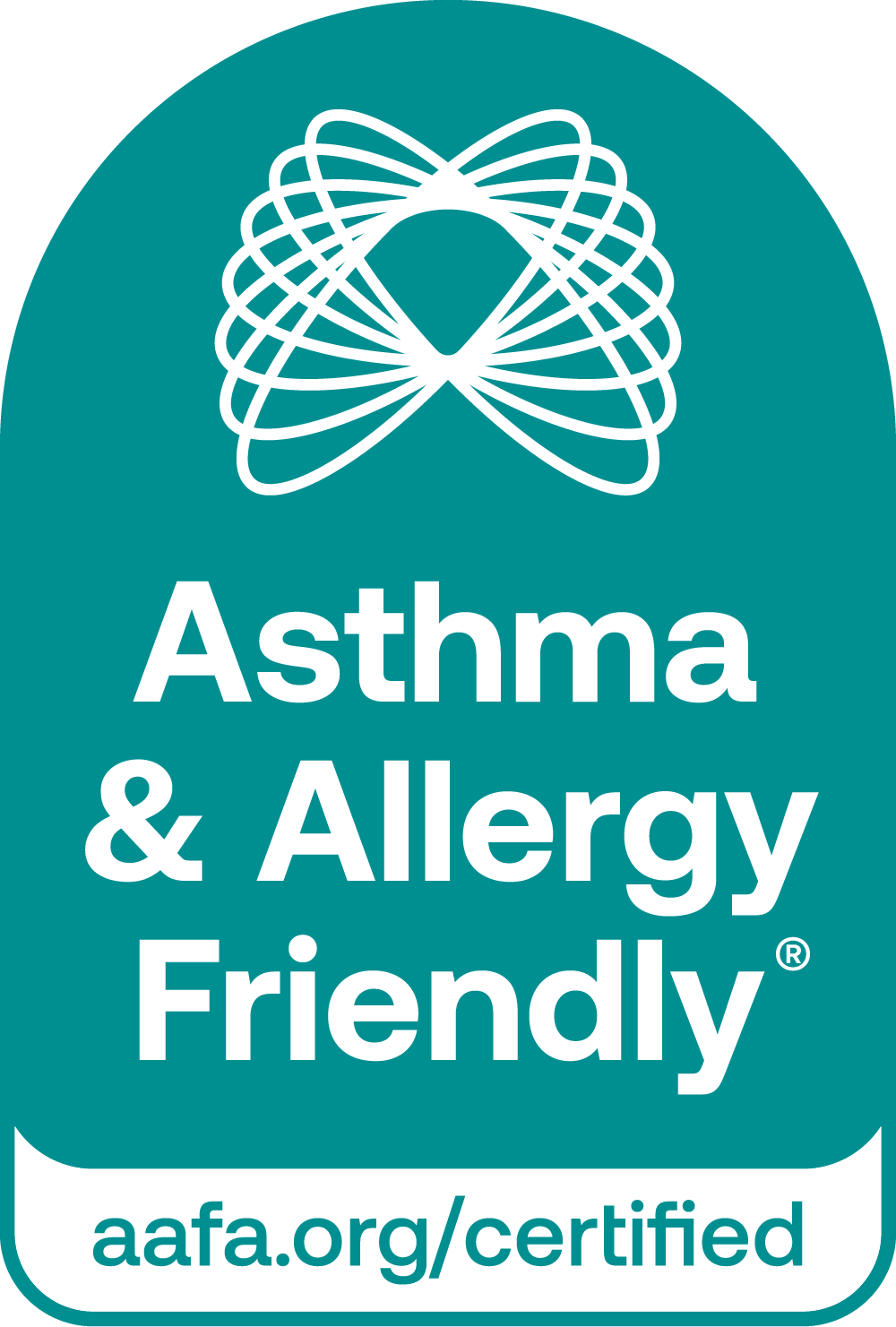Since 2000, wildfires have destroyed on average more than 6.9 million acres of land annually in the United States. These disasters not only destroy homes and force evacuations but also significantly impact air quality, posing health risks to millions. The recent devastating wildfires in California remind us of the importance of safeguarding indoor air quality (IAQ) during and after such events. Here are essential tips to help protect your health and home from wildfire smoke.
Understanding the Health Impacts of Wildfire Smoke
Wildfire smoke contains a mixture of gases and fine particulate matter (PM2.5), which can travel hundreds of miles, impacting air quality in areas far distant from the original fire. These particles can irritate the eyes, nose, and throat, worsen asthma symptoms, and lead to serious health issues such as:
- Decreased lung function
- Respiratory infections
- Asthma exacerbation
- Increased respiratory-related medication use
- Mental health impacts
Wildfire smoke can also affect vulnerable populations, including children, pregnant individuals, and those with pre-existing respiratory or cardiovascular conditions.
Tips for Maintaining Indoor Air Quality During Wildfires
1. Masks and Respirators
- Opt for High Quality, Validated Respirators: N95 masks are effective at capturing particulate matter but do not protect against toxic gases found in wildfire smoke. If possible, use P100 respirators with organic vapor filters for better protection.
- Use N95 if Necessary: If P100 respirators are unavailable, N95 masks are still a good option and should be worn properly – ensure both straps are in place, there is a tight seal around your face and your chin is covered.
2.  Air Cleaners and Air Purifiers
Air Cleaners and Air Purifiers
- Close Windows and Doors: Seal your home to prevent smoke infiltration. Use weather stripping to block gaps.
- Use Air Purifiers: Choose portable air cleaners or HVAC filters certified by third-party organizations. These products are scientifically tested to trap smoke particles and allergens effectively.
- Follow the Rule of Thumb: Use an air purifier with at least 300 CADR (Clean Air Delivery Rate) per 500 square feet of living space.
3. Creating a Clean Room
- Designate a single room in your home as a “clean room” where you can retreat during peak smoke conditions and for use by vulnerable members of your family.
- Equip it with a high-efficiency air purifier and ensure the room is sealed from outdoor air.
4. Minimize Indoor Pollutants
- Avoid activities that generate indoor pollution, such as burning candles, smoking, or using gas stoves and open fireplaces.
- Refrain from vacuuming unless you have a vacuum with a HEPA filter to prevent stirring up particles.
- Run your air conditioner if possible, set the air intake to “recirculate” and use a high efficiency filter, ensuring it is clean.
5. Be Prepared to Evacuate
- Have an emergency kit ready, including N95 or P100 respirators, asthma and allergy medications, and other essentials.
- Follow local authorities’ recommendations and evacuation orders promptly.
6. Monitor Air Quality
- Stay informed through resources like AirNow and sign up for air quality alerts in your area. The Air Quality Index assesses the level of five major air pollutants: ground-level ozone, particle pollution, carbon monoxide, sulfur dioxide and nitrogen dioxide. An AQI of 0-50 is good; above 100 the air quality exceeds the US EPA daily standard and starts to trigger air quality cautioning and alerts.

- Use an indoor air quality monitor to track pollutant levels inside your home.
- Check current fire and smoke conditions at Fire.AirNow.gov.
7. Protect Yourself During Cleanup
- Wear a respirator when handling ash and debris, and wash exposed skin and clothing immediately afterward.
- Avoid disturbing ash, as it contains harmful particles that can exacerbate respiratory conditions.
Long-Term Indoor Air Quality Strategies
Wildfire season is an annual challenge. Implementing long-term solutions can make your home more resilient:
- Upgrade HVAC Systems: Choose high quality, preferably third party validated filters and maintain regular cleaning schedules.
- Seal Leaks: Conduct a home audit to identify and seal air leaks.
- Prevent mold: check for water leaks and repair to prevent mold
Resources for Additional Information:
- AirNow – Check real-time air quality and fire conditions. But remember to take into account that local discrepancies often occur due to stirring up of ash and soot from the ground.
- California Air Resources Board – Learn about state-specific air quality measures.
- Asthma & Allergy Foundation of America – Explore the many valuable resources provided by AAFA.
- Environmental Protection Agency Wildfire Resources
By proactively improving your indoor air quality and staying informed, you can better protect yourself and your loved ones from the harmful effects of wildfire smoke.
For more guidance on choosing scientifically validated products, visit https://www.asthmaandallergyfriendly.com/USA/certified-products/
